Popular games for platform Amiga
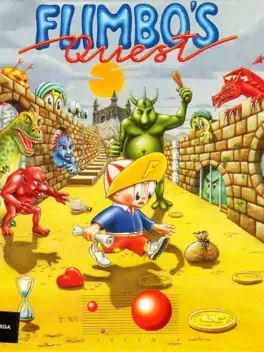
Rescuing girlfriends is a pretty common challenge in older computer games - why can't any of these ladies look after themselves? On this occasion Pearly has been kidnapped by Fransz Dandruff, so better make sure he's hair today, gone tomorrow. The gameplay is platform based, although the player may move down platforms as well as up to the next one. There are lots of baddies (drawn in a cutesy style) who need shooting and offer rewards. The seven levels are fairly short and linear.
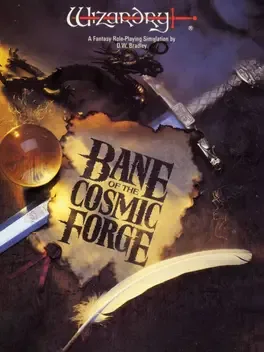
Ten years ago, Wizardry set the standards in Fantasy Role-Playing (FRP). Now after two million copies have been sold and dozens of awards have been won, Bane of the Cosmic Forge raises and redefines those standards. This new Wizardry , the truest simulation ever of Fantasy Role Playing, will push your computer, your mind, and your sense of adventure to their very limits. Only through the power of the latest computer technology could the full dimensions of this new genre in FRP be possible.
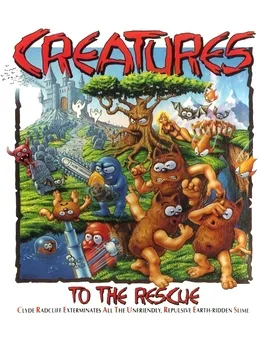
The inhabitants of the pretty but insignificant planet Blot decided to leave to find a trendier planet, and escape being called the Blotians, a most unhip name. Until they such a planet, they call themselves the Fuzzy Wuzzies. Their colony ship collides with an asteroid, and crash lands in the Pacific Ocean, near an unchartered island, which they colonise, calling it "The Hippest Place in The Known Universe". Unfortunately the island is also home to rather nasty demons, who can't stand the commotion caused by the happy Fuzzies, or their silly name for the island. The demons kidnap the Fuzzy Wuzzies by hosting a massive party, then capturing them in a net, and dragging them off to the torture chambers. The only Fuzzy not caught is Clyde Radcliff, who was already being sick in the bushes. He wakes up in the morning with a really bad headache, and fiery halitosis, and sets out to destroy the demons, and rescue his friends. The game consists of 3 levels, each made up of 3 of stages. The first two stages of each level are side scrolling platformers, where Clyde must destroy the enemies by firing at them, presumably using his halitosis. At the end of each of these stages, Clyde meets a witch, who can provide him with extra firing patterns, or upgrade those he has, in exchange for 'magic potion creatures' found during the stages.
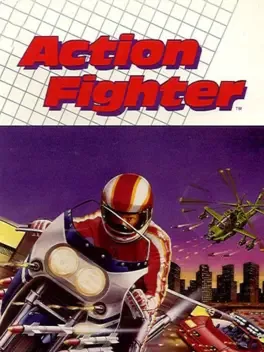
Take to the streets or take to the skies. Because Action Fighter is the incredible, transformable combat vehicle. You start out on a customized cycle. Built with enough speed and power to jump over water and overtake enemies. Then, by finding the right parts along the way, you'll change your cycle into a supercharged, state-of-the-art sports car. Next, add two turbojets to make your car airborne. And take to the skies. Down hyped-up helicopters and jet spaceships from above. And no matter which vehicle you're manning- or who you're after- get ready to stand by for action!
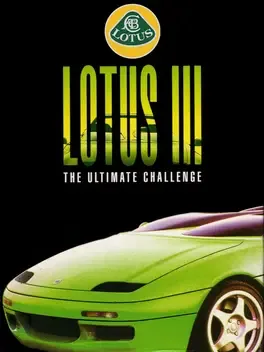
The third game in the series combined the gameplay aspects of its predecessors, allowing players to choose between racing opponents of Lotus Turbo Challenge or the arcade-like time trials of Lotus 2. The two-player option was retained and the music selection feature returns (Patrick Phelan's soundtrack to Lotus III spawned many modern remixes). Lotus III also added a third car - a concept Lotus M200 automobile - and allowed the player to choose which one to race with. The game recycled most of the graphics from Lotus 2, but added a number of new sceneries.
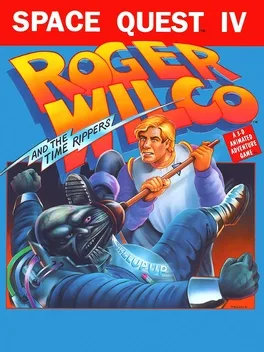
May the farce be with you! Get ready for a trek through time with everybody's favorite intergalactic sanitation engineer and freelance hero, Roger Wilco. In their latest spaced-out space opera, the Two Guys From Andomeda take on science fiction (and just about everything else!) is a spoofy sendup that will leave you laughing. Roger Wilco embarks on a topsy-turvy trip through space and time in this fourth chapter in the award-winning Space Quest series, Roger Wilco and the Time Rippers. From a nostalgic look at his past in Space Quest I to a terrifying visit to the future of Space Quest XII, Roger's on the run again. And hot on his ion trail are the Sequel Police, deadly crosstime assassins who are out to put an end to Roger and all of his Space Quest nonsense once and for all. Once again it's up to Roger Wilco to save his future- or is that his past?- of the Space Quest series, and keep the universe safe for fair play, bad jokes, and lots more Space Quest Games.
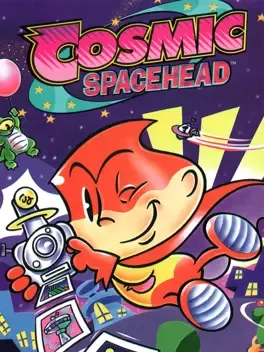
Cosmic needs your help! He has no money, no car, and no respect from his fellow Cosmonaut's! The trouble is, no one believed his tale of discovering a far away planet called "Earth" so it's your job to help him get back there and take some handy snaps! Starting from his home town Old Lino Town, it's Cosmic gameplay all the way in a unique blend of adventure and arcade action plus a whole galaxy of surprises thrown in!

Sid Meier's Civilization is a turn-based strategy computer game created by Sid Meier for MicroProse in 1991.The game's objective is "...to build an empire that would stand the test of time". The game begins in 4000 BC, and the players attempt to expand and develop their empires through the ages until modern and near-future times. It is also known simply as Civilization.

The year is 275 B.C. Through conquest and careful diplomacy, the Roman republic has brought the petty kingdoms and city-states of Italia under its control. This is the moment at which the heirs of Romulus and Remus step onto the world stage. This is the humble beginning of an empire that will one day cover most of Europe, Asia Minor, and North Africa. As an ambitious young officer, you duty is to defend Rome. Your hope is to become Caesar. Your fate - to rule the world.

Dune II is often considered the first mainstream modern real-time strategy game and established many conventions of the genre. Even though set in Frank Herbert's famous Dune universe, the game is only loosely connected to the plot of any of the books or the films based from them. Controlling either of the three Houses, the player must fight a number of battles against the other Houses. In the early levels, the goal is simply to earn a certain number of credits, while in the later missions, all enemies must be destroyed. The single resource in the game is the Spice, which must be collected by harvesters. The spice is converted to credits in a refinery, which are then spent to construct additional buildings and units. There are two terrain types: buildings can only be constructed on stone, while the Spice is only found on sand. However, units moving on sand attract the large sandworms of Dune, who are virtually indestructible and can swallow even large units whole. As levels progress, new and more advanced buildings and units are made available, including structures like a radar station, a repair facility or defense turrets and, for units, various ground troops, light vehicles and tanks. Each House can construct one unique special unit, and, after building a palace improvement, can unleash a unique palace effect.

Vroom is a Formula 1 racing video game created by Daniel Macré and initially published on Sinclair QL in 1986 under the name QL Vroom. Aboard your Formula 1, speed on the available asphalt tracks. Manage pit stops, fill up with gas and change your tires in order to become the all-category champion.
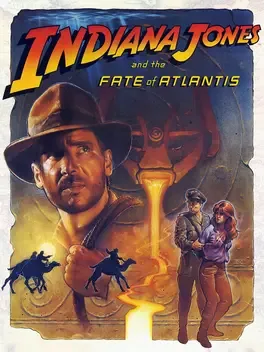
A point-and-click adventure game by LucasArts originally released in 1992. Almost a year later, it was reissued on CD-ROM as an enhanced "talkie" edition with full voice acting and digitized sound effects. In 2009, this version was also released as an unlockable extra of the Wii action game Indiana Jones and the Staff of Kings, and as a digitally distributed Steam title. The seventh game to use the script language SCUMM, Fate of Atlantis has the player explore environments and interact with objects and characters by using commands constructed with predetermined verbs. It features three unique paths to select, influencing story development, gameplay and puzzles.

Turrican II: The Final Fight is a platformer/shooter as typically seen on consoles, but designed for home computers from the ground up. Its plot is - naturally - very simple: an evil mega-robot called The Machine attacks the United Planets Ship Avalon 1, slaughtering all who resist. All - except Bren McGuire, who manages to escape and slips into the experimental Turrican bionic armor. As Turrican, he strives to show The Machine who's the boss. Unlike other games of its type, this game contains three levels of horizontal shooter action in the spirit of R-Type or the developers' own Katakis. Six large worlds are to be explored, where you are basically free to go everywhere you want, since there is no automatic scrolling and the levels are packed with hidden extra lives and weapons. All those levels are very different: the first one in the rock desert is pretty colorful with parallaxing rainbow background and happy music, while the following worlds get darker and darker.
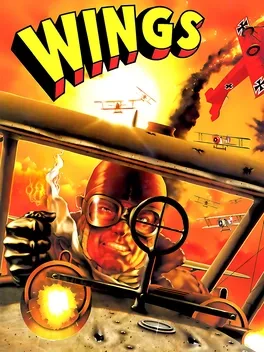
Take to the skies! Relive the action, glory and seat of the pants daring of a WWI Allied fighter pilot! You'll strafe Hun armies, bomb enemy aerodromes and match wits against deadly Aces in heart stopping dogfights, the loser going down in flames… without a parachute! More than just a simulator, Wings features genuine arcade action and an emotion packed role-playing experience. Wings is the easy to plan air combat simulation you've been waiting for… no complicated keyboard commands. Just fly and shoot!

The game consists of two different soccer simulations, you can carry out a match in the stadium or indoors. The field is always shown from the top and scrolled softly into all directions. Different game modes make for diversity. Up to 15 players can enter their names and then compete with each other in a league. One can also take part in a World Cup, whereby the venue corresponds to the one of a real World Cup. The computer takes over the controls of as many teams as needed. A two-player friendly can be played head to head. The game offers features as "banana kick", "action replay" and weather. The original was developed by Sensible Software for the C64, Electronic Pencil Company were responsible for the Amiga and Atari ST versions.
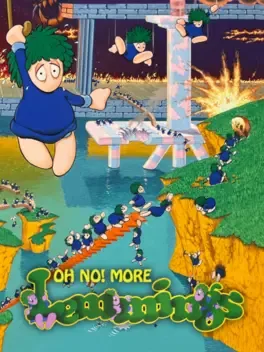
Oh No! More Lemmings is the follow-up to Lemmings. The game features 100 new levels, and all-new graphics and music. It was released in both a stand-alone and an add-on version.
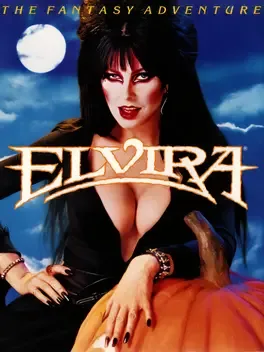
Elvira: Mistress of the Dark is a survival horror video game developed by Horrorsoft and released by Accolade in 1990 for the Amiga, Atari ST, Commodore 64 and MS-DOS computers. It was Horrorsoft's second published game after 1989's Personal Nightmare and stars the actress Cassandra Peterson as her character Elvira the witch. In Mistress of the Dark, Elvira is held captive by dark forces in the castle of her ancestor Queen Emelda. The player's character in the castle to rescue Elvira and prevent the imminent return of the evil long-dead evil sorceress. The well-received game was followed by Elvira II: The Jaws of Cerberus in 1991 and the spiritual successor Waxworks in 1992. Contents

By now, you'll probably be aware of the horrible plight the Lemmings face. Not only do they have to leave their lovely little hovels for good,but they also have to escape their island before they perish in the Darkness that's coming. Your objective therefore is to save as many Lemmings as possible from each tribe and help them escape the Island. The DOS version has a different sounding soundtrack due to the different sound card, but is otherwise identical.
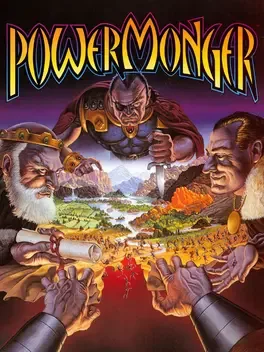
In a world without kings, power is the only law. No leader controls the destiny of this new world. Yet. Can you? Unite each territory by word or by sword or face bitter defeat at the hands of the other PowerMongers. Encounter a living world. Win the loyalty of farmers, shepherds, merchants, ranchers- even thieves. Hundreds of people with individual homes, jobs, and personalities. React to changing seasons. Store food for the winter- your soldiers won't take orders on an empty stomach.
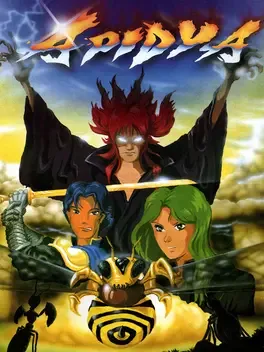
The game is a side-on scrolling shoot-em-up. The story revolves around Ikuro, whose wife Yuri has been poisoned by Hexaae, an evil lord of black magic. Ikuro uses magic to transform into a deadly bee and vows to find an antidote for Yuri and wreak revenge on Hexaae.
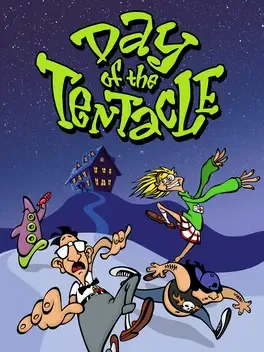
Day of the Tentacle, also known as Maniac Mansion II: Day of the Tentacle, is a 1993 graphic adventure game developed and published by LucasArts. It is the sequel to the 1987 game Maniac Mansion. The game's plot follows Bernard Bernoulli and his friends Hoagie and Laverne as they attempt to stop the evil Purple Tentacle — a sentient, disembodied tentacle — from taking over the world. The player takes control of the three and solves puzzles while using time travel to explore different periods of history. Dave Grossman and Tim Schafer co-led the game's development, their first time in such a role. The pair carried over a limited amount of elements from Maniac Mansion and forwent the character selection aspect to simplify development. Inspirations included Chuck Jones cartoons and the history of the United States. Day of the Tentacle is the eighth LucasArts title to use the SCUMM engine, and the company's first title to feature voice acting. The game was released simultaneously on floppy disk and CD-ROM to critical acclaim and commercial success. Critics focused on its cartoon-style visuals and comedic elements. Day of the Tentacle has featured regularly in lists of "top" games published more than two decades after its release, and aspects have been referenced in popular culture.
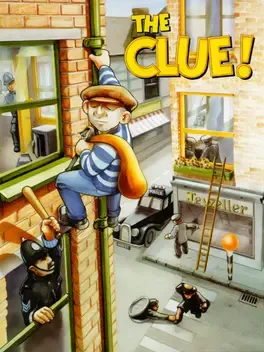
An adventure game, assuming the identity of Matt Stuvysant, a burglar who is looking beyond just the clothes on his back and a hotel room on Holland Street, the player is tasked with finding accomplices, scouting potential targets, and plotting plans of burglary, down to the finest detail. Featuring the archetypal point-and-click interface during investigations, engaging in planning a job would alter the controls to include keyboard, using it to control the planned movements of the personnel.
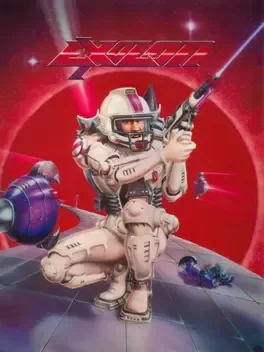
Exolon is a classic side-scrolling action game developed by Hewson Consultants and released in 1987 for various 8-bit home computer platforms. Players control Vitorc, a space marine equipped with an armored exoskeleton suit, as he navigates through 125 screens of hostile alien terrain. The game's core gameplay revolves around precise shooting, strategic grenade use, and skillful maneuvering to overcome a relentless array of enemies and environmental hazards. Known for its high difficulty level, Exolon challenges players with fast-paced action that demands quick reflexes and careful planning. What sets Exolon apart is its distinctive visual style, which pushed the graphical boundaries of 8-bit computers in its era. The game features detailed sprites and backgrounds that create a unique sci-fi atmosphere, complemented by a pulsing soundtrack that enhances the immersive experience. This combination of challenging gameplay, striking visuals, and atmospheric audio helped Exolon stand out in the late 1980s gaming landscape, earning it a cult following among retro gaming enthusiasts. Despite its simple premise, the game's intense action and memorable presentation have secured its place as a notable title in the history of side-scrolling shooters.
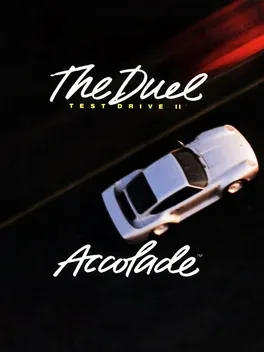
The Duel: Test Drive II is a cross-platform racing game developed by Distinctive Software and published by Accolade in 1989. It is the second entry in the Test Drive series of video games.